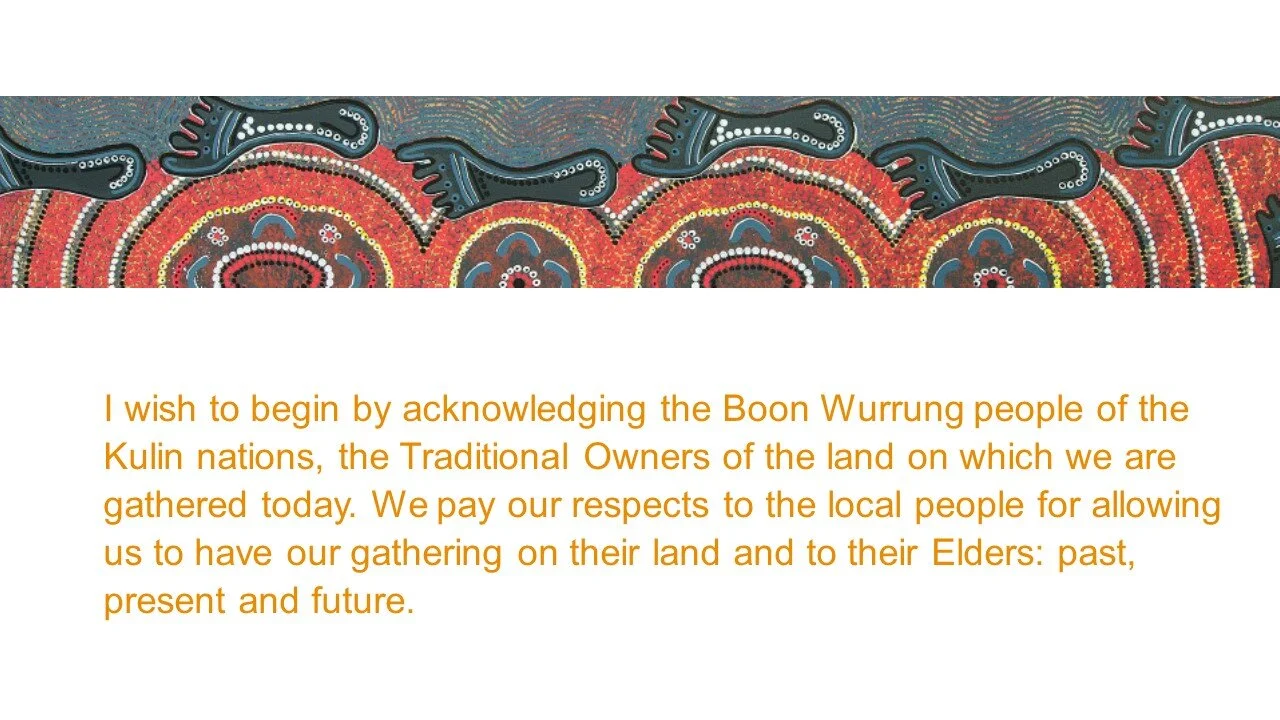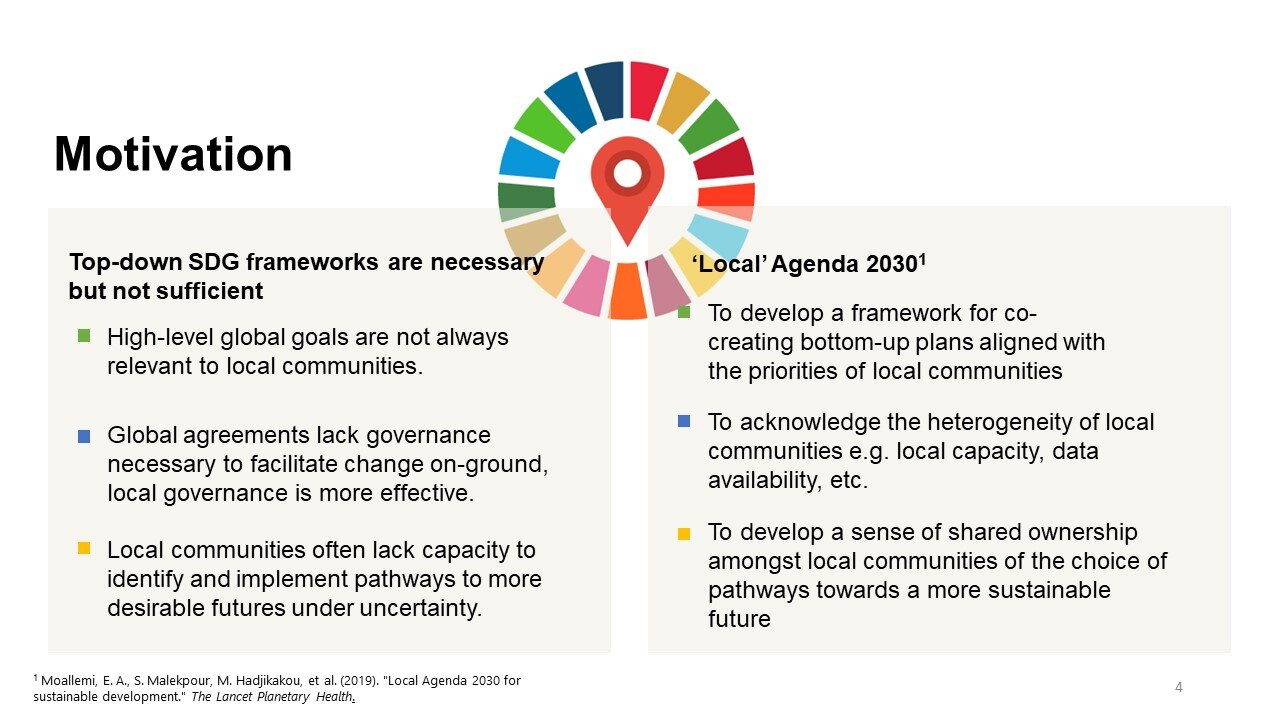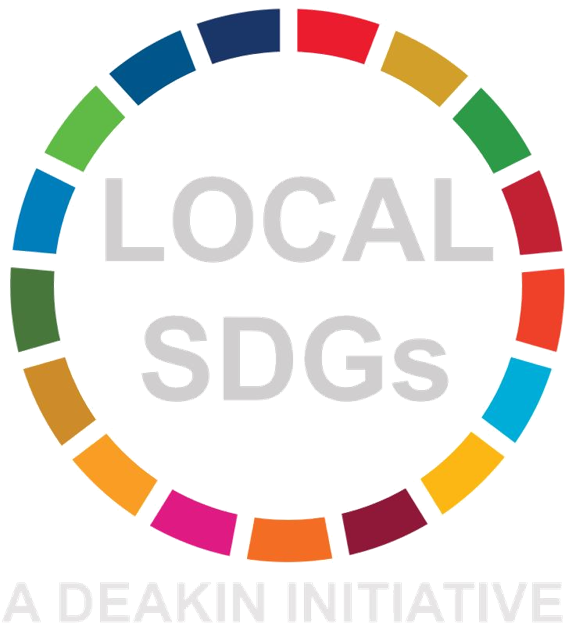The Local SDGs Program
Annual Meeting
27 February 2020
Deakin Downtown, Collins St, Melbourne









Our first annual meeting to review the past 12 months was a great opportunity for all partners and researchers to meet or catch up. The presentations demonstrated the impressive research, modelling and community engagement being undertaken to develop sustainability pathways to future-proof Australian communities. This prompted such insightful discussion from all present and we greatly appreciated the valuable input and feedback. The passion for the cause was inspiring.
Attendees
Prof Brett Bryan
Opened proceedings with an introduction of participants and an overview of The Local SDGs Program.
Dr Enayat Moallemi
Localising the Sustainable Development Goals - A new research Agenda
A progress report on developing a framework for charting sustainability pathways to future-proof Australian communities, using computer modelling and participatory processes.
Nick Taylor
He delivered a presentation on communicating the progress and outcomes of The Local SDGs Program.
Katrina Szetey
Planning For Sustainability In A Small Regional Town
Bringing the Sustainable Development Goals to Forrest
Reihaneh Bandari
Sustainable Development Goals (SDGs)
Priorities and Mapping the Interactions between SDGs in the Goulburn-Murray Region
Dianty Ningrum
Local Engagement Under The Agenda 2030
Research Goal: Develop a potential framework to govern local SDGs
Please seek permission to use Presentations.
Copyright © 2019 Local SDGs. All rights reserved.
Key Discussion Points
Summarised from discussion between all participants after the presentations
Recognition of the difference between the linear path of a participatory model and the intuitive path of the reality communities experience
Models constantly updating to adapt to changing circumstances and technology
Awareness of differing from one to community to the next where Indigenous priorities can have Ambulance and Hospital access well above Housing and Jobs
Economic growth and well-being must include social indicators
It can be as challenging for researchers to shift from strategy to reality as it is for communities to adapt from reality to strategy
Implementing frameworks can be a plurality of University, Community, School, Government
Cost and funding is to be determined in future on a case by case basis
It is an evidence-based long term plan with a tailored specific approach for each community
Not prescriptive, requiring a mix of tools, modelling, frameworks, community input and consultation to determine best fit
Forrest is engaged with the pathways to sustainability process. Having local experts to connect and build trust with a community is paramount.
Goulburn-Murray has engagement fatigue in part due to its importance as the food bowl of Australia.
It’s integral to show awareness of prior consultations and issues.
The challenge at present is developing a pathway for a large region. A suggestion is developing for a specific sector such as Farming as opposed to a set place





